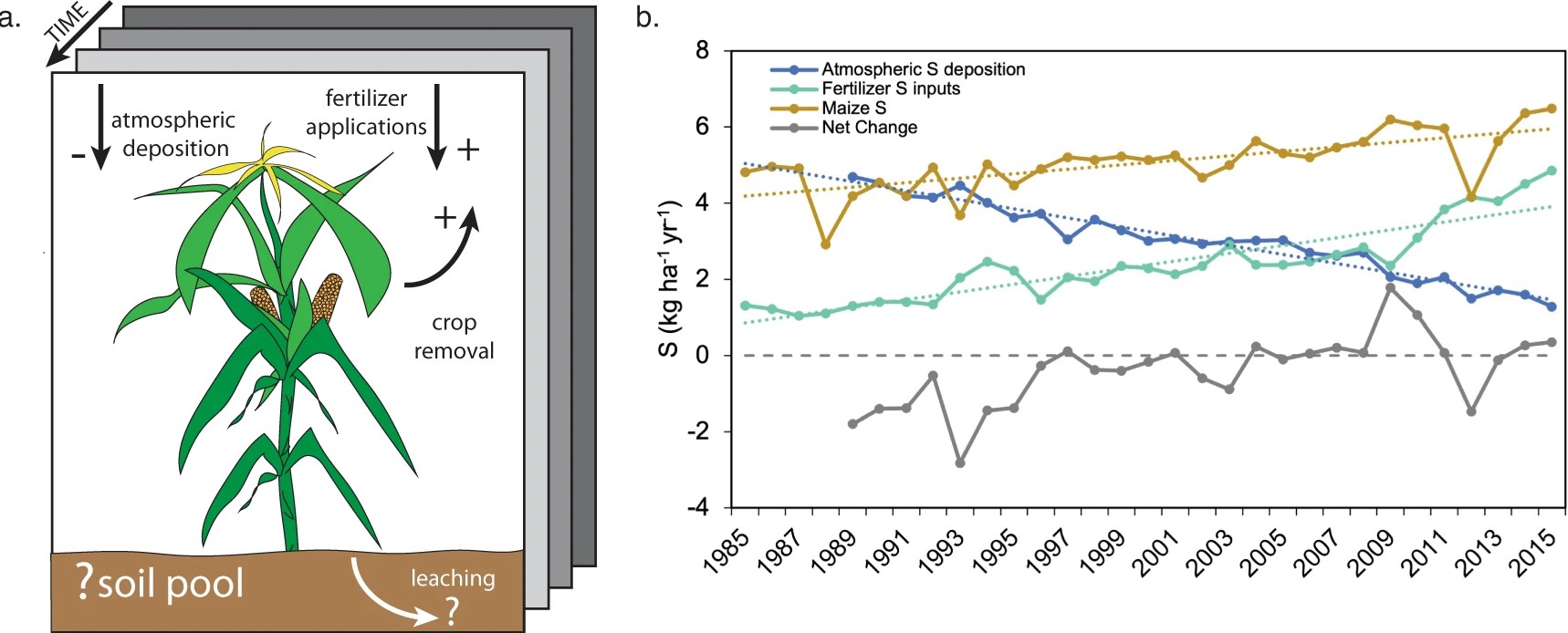Well, it isn't. No one has ever died from PM2.5 and asthmatics are at greater risk in the perfume section of Macy's, regardless of hyperbolic air quality maps that routinely show red and orange despite much of the US having the same air quality as untouched sections of Siberia.
If you don't want to believe science or biology, believe agriculture. Air is so much cleaner that farmers since the 1980s have begun to need more sulfur fertilizer. Sulfur is an essential nutrient for plants and it used to be found in much higher quantities when real pollution, PM10, was more prevalent. Enough there was worry we might some day get acid rain.

Image: Hinckley, EL.S., Driscoll, C.T. Sulfur fertiliser use in the Midwestern US increases as atmospheric sulfur deposition declines with improved air quality. Commun Earth Environ 3, 324 (2022). https://doi.org/10.1038/s43247-022-00662-9
Not any more, an analysis of sulfur fertilizer data from 1985-2015 shows that as air quality continued to improve, farmers began needing more chemicals on crops. It's clearly due to lower real pollution because it easily outpaced nitrogen and phosphorus. Though sulfur can be a hazard - acid rain, runoff in rivers - there is no real risk. Americans are a lot smarter about the difference between a hazard and a risk (the dose makes the poison) than they were in the 1980s, when all "60 Minutes" had to do was repeat a press release claim from an environmental activist about a pesticide like alar to get the whole business shut down. Now, only the truly unhinged believe weedkillers can cause cancer or that farmers are wantonly throwing revenue away by overdosing crops with chemicals.
Though farmers sell bucolic imagery of fields and hoes, they are in a world of big data. Cabs of tractors have real-time displays of costs and the optimal times and amounts for nutrient applications. Margins are tighter than ever, and the land is their greatest asset, so farmers lead the way in making sure products aren't overused. Despite what environmental activists and academics who've never worked on a farm try to claim.



Comments